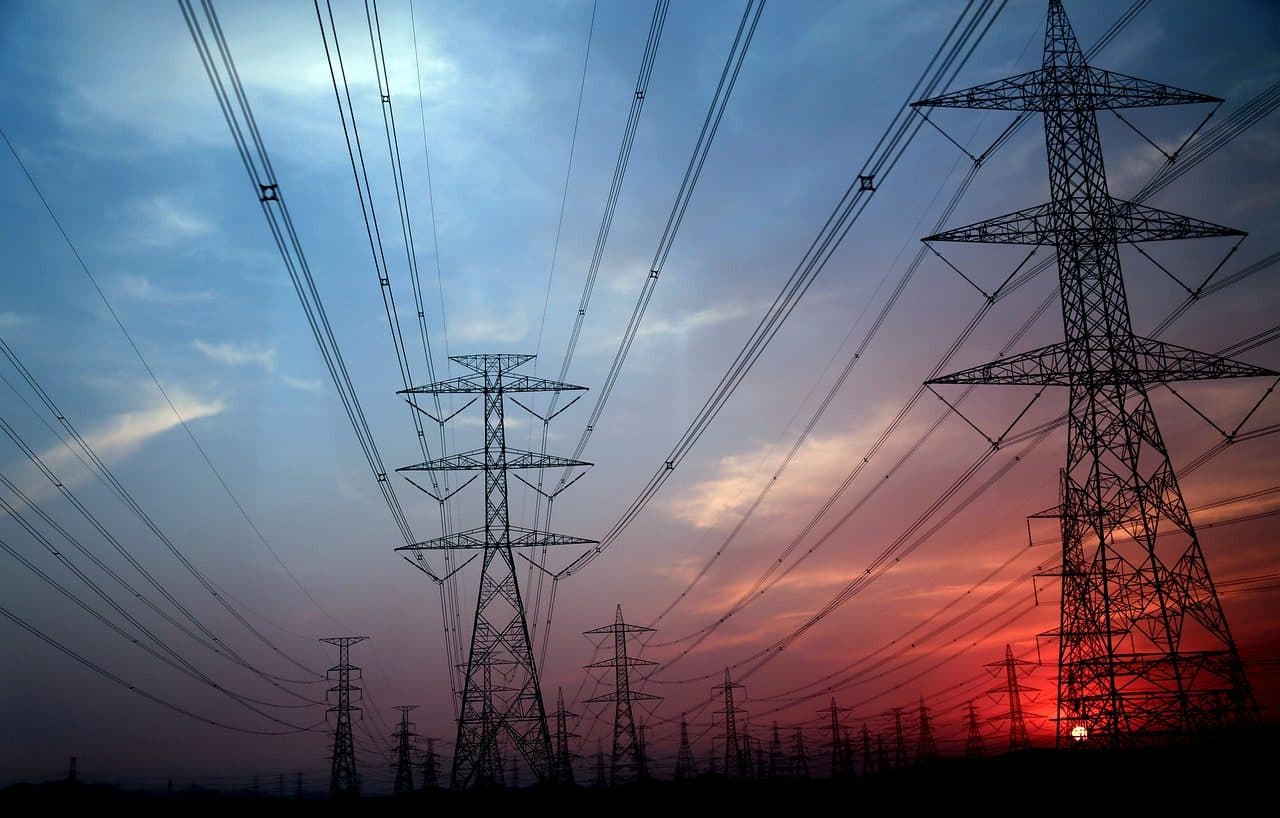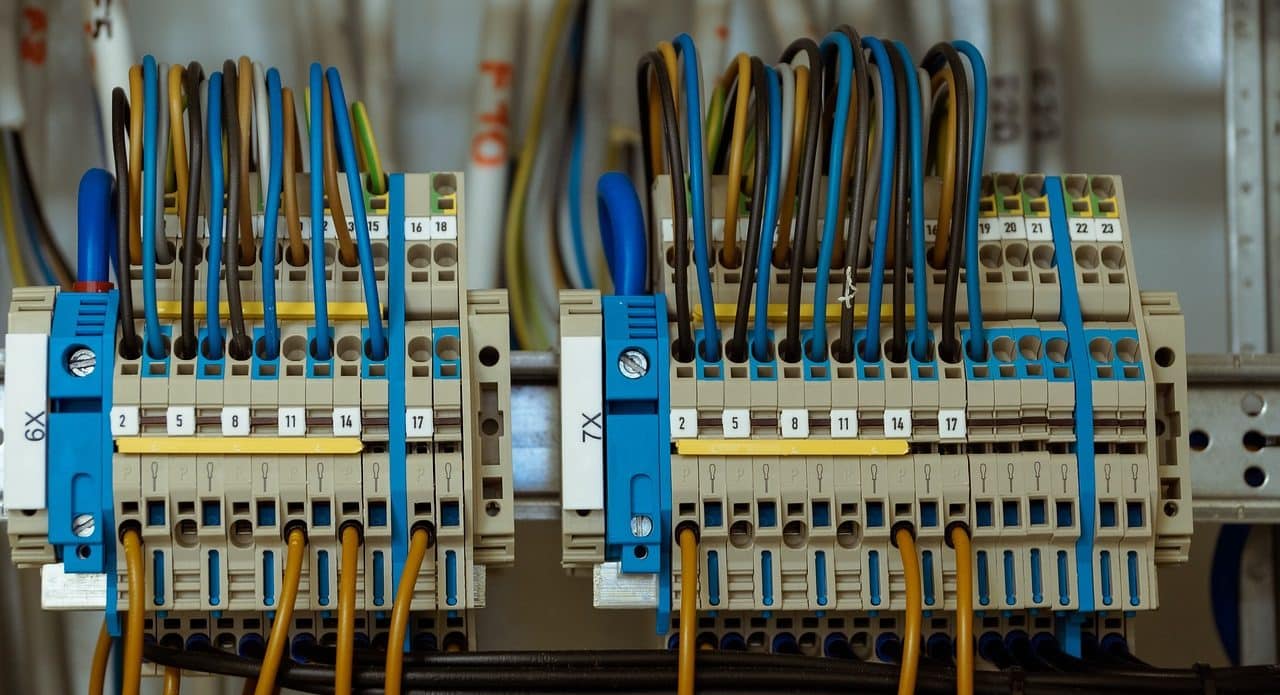
Power outages due to a power interruption can occur due to failures in different sections of the electrical network.
The electrical grid is the infrastructure that makes it possible for electricity to reach the supplier to the user . Thanks to its various components, electrical energy can be transported from the place where it is generated to the point of consumption.
It should be considered that a network is a set of elements that are organized in a certain way to meet a certain objective. The adjective electric , meanwhile, refers to that linked to electricity : the force that has its origin in the existence of protons and electrons and whose manifestation occurs through the rejection or attraction between charged particles.
Origin of the electrical network
The origin of the electrical network is associated with the progressive advance of human knowledge about electricity. It must be considered that, although phenomena of this type (then misunderstood) have been referred to since Ancient Egypt , it was not until 1646 that the term electricity was included for the first time in a text, written by the British Thomas Browne .
However, it was not until the development of the Industrial Revolution between the 18th century and the 20th century that the idea of an electrical network began to be forged. Until the beginning of the 19th century , natural gas was the main source of energy for heating and lighting. The situation began to change with the discovery of the electric arc, used in public lighting.
In any case, it was usual for electricity consumption to occur in the vicinity of the generation site. It was Thomas Edison who, in 1878 , launched the commercialization of an electrical system capable of replacing natural gas. Another protagonist in the process of creating the electrical grid was Nikola Tesla , who investigated voltage changes in the transmission and distribution of electricity.
It can be indicated that the development of electrical networks coincides with the birth of the electricity industry , which covers all those activities that allow generating, transmitting, distributing and marketing electrical energy. In a general sense, electricity became a commodity in 1882 , when its commercial distribution was launched to power lighting.

The electrical network must be able to always respond to demand.
Your operations
The notion of an electrical network covers four main operations or processes: generation , transmission , distribution and marketing . These tasks can be carried out by the same company or by several companies, whether public or private.
The generation of electrical energy involves the transformation of solar, nuclear, thermal, kinetic, chemical or other energy into, precisely, electrical energy . Typically, generating plants are located far from cities and in the vicinity of a water source.
A generating plant, therefore, can use nuclear energy, wind energy or another primary source to drive the rotation of a turbine , which, in turn, produces the rotation of an alternator to generate electricity.
The energy generated by the power plant is increased in voltage before connection to the transmission network. This is necessary since, when the voltage is increased for a certain power level, the current is minimized, thereby reducing the losses linked to the Joule effect . In each lifting electrical substation there is a power transformer that fulfills this mission.
Returning to the scheme of the electrical supply system, the transmission of electrical energy via transportation lines makes it possible for the energy generated at the plant to travel very long distances before reaching the consumption site. The high-tension cable, which is supported by the transmission tower, is the element that functions as a conductor.
The next section of the electrical network allows distribution . It begins with the transformer substation where the voltage is reduced, going from the high voltage levels of the transmission to the medium voltage levels.
Finally, the distribution of electrical energy requires another voltage reduction so that the domestic user can access the appropriate values. This is how the last phase of supply arises: marketing .
The sale of electricity is understood to be the operation that is carried out on a retail basis. Each user pays the use of electricity to the company that installs and manages the electric meter or meter . Energy measurement shows that the greater the consumption, the greater the expense on the bill.
In any case, beyond the time-of-use rate, the energy bill also includes an electricity access rate that is paid as a monthly or bimonthly fee.

The energy policy of each country establishes the rules of the electrical network.
Distributed generation in the electrical grid
Distributed generation is called a model that is based on the use of various small sources located near consumption points. The distributed energy system is complemented by the electrical network that arises from traditional power plants.
Typically, these are renewable energy microgrids that are integrated into the regular grid. Thus, in addition to contributing to environmental care, backup generators contribute to improving the response to peak demand.
